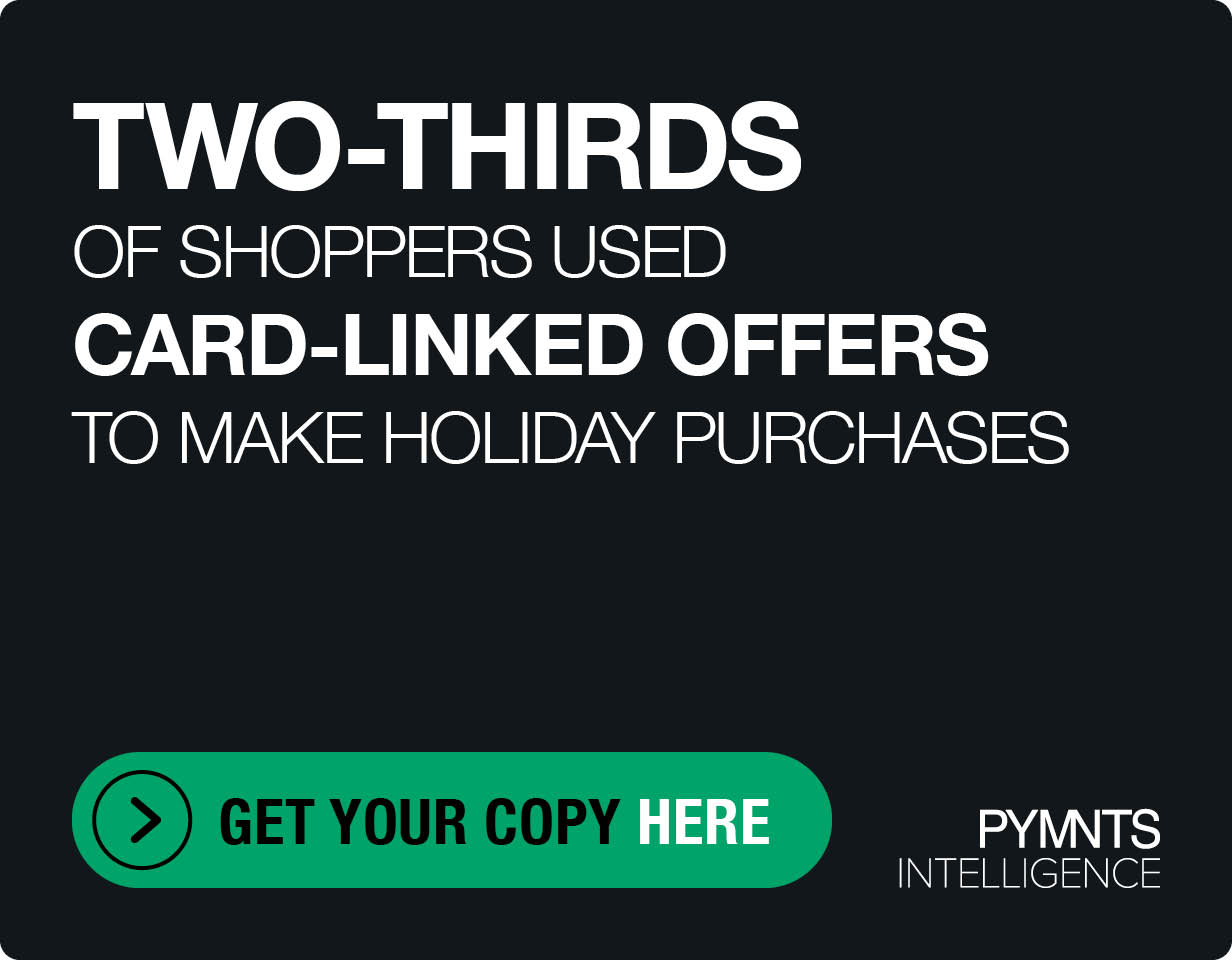Payments as a ‘Product’ Help Digital Ecosystems Modernize Money Movement
In verticals as far-flung as logistics, construction and retail, payments are embedded into the mix more deeply than ever before.
Hersh Mansukhani, vice president of platforms and embedded payments, Fiserv, told Karen Webster that payments have, essentially, become a product. They’re a part of the customer experience and strategically critical as traditional companies and software firms seek to become platforms and create their own ecosystems.
Processing the transaction, well, that’s the easy part.
The movement of funds — what happens before and after the transaction takes place — that’s the hard part.
An ever-changing roster of compliance and technical boxes needs to be checked to foster standard operating procedures that scale as the ecosystems scale.
“Software has been embedded in every process, and you’re going to see money movement and financial products and funding sources embed themselves into day-to-day businesses — even businesses that have been entirely offline,” he said.
Carat from Fiserv operates at the junction of RegTech and software to help create those standard operating procedures, he said.
At a high level, a consumer should be able to come onto a platform devoted to home remodeling, purchase an item, schedule a contractor to come and install that item, and if left unsatisfied by the work, get support and even facilitate a return of the item itself. All those actions can have payments at the center, he said — with a bit of help.
“I see software vendors that do not want to dip both their feet in payments, and they should not have to,” Mansukhani said.
Side-Stepping the Gotchas
Compliance and regulation, not to mention money transmission in general, are not part of the native skillsets of many businesses seeking to broaden the reach of their platform or marketplace, Mansukhani said.
Several “gotchas” in the mix can trip up these emerging platforms. Aggregators must understand the intricacies of decisioning and consider who will be onboarded as the receiver of funds and who will be onboarded as sellers and sub-merchants. There also needs to be clarity over who assumes the risk inherent in credit card transactions. In illustrating the complexities surrounding money movement, he said marketplaces might need to “split” payments depending on senders, recipients and verticals, even at different stages of the transaction.
And finally, at the back end, after the payments are made, these business models need to incorporate robust and speedy reconciliation to turn revenue into cash as soon as possible.
The right partnerships, he said, allow the outsourcing of some functions while keeping the “immovable objects” of their own internal processes and legacy systems intact, a modular approach that need not involve a companywide revamp. Most firms don’t want to rip and replace their back-office flows, nor do they want to start from scratch with entirely new vendor relationships. They want to maintain ties with the third parties they already know that tackle credit risk, know your customer (KYC) information and validation.
“We see businesses that want to aggregate all of that, and they see partnering with a modern payment processor as an opportunity to streamline a lot of that complexity and get ‘normalized responses’ back from all of these third parties,” Mansukhani said.
Fiserv has a significant issuing presence, merchant acquiring presence and the ability to help businesses move money in real time or manage disputes more efficiently, he said.
“Depending on your degree of maturity and understanding of the offering that you want to roll out, those decisions become a lot simpler,” he said, adding: “We’ve been relentlessly polishing internally and modularizing everything to fit the needs of the customer and meet the customer where they are … whether it’s prepayment or post-payment. We’re templating that, and much of it is right out of the box.”
For Fiserv, the goal is to allow for any funding source — in or out — to operate smoothly across use cases and marketplaces, as payments remain invisible and seamless.
“Everyone transacts,” he told Webster, and as the platformization of even the most traditional verticals remains in its early stages, “there are no limits, and going global is a key opportunity for just about everyone.”

